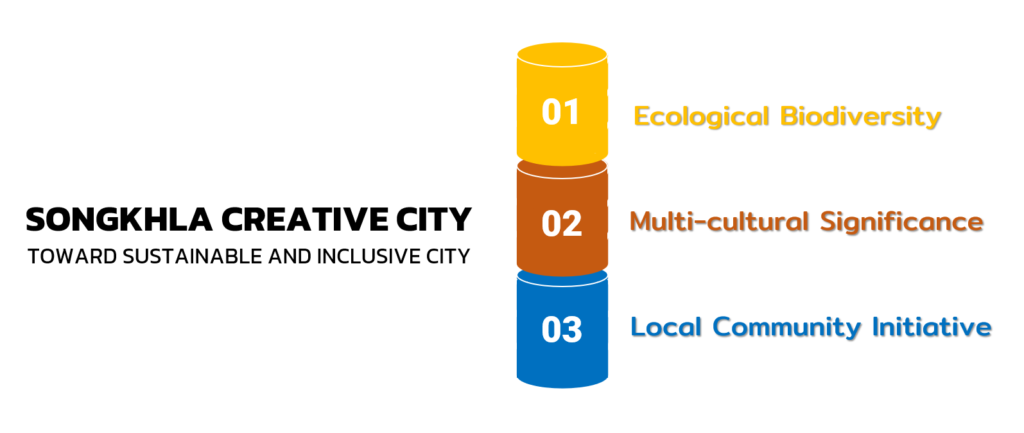The Creative City concept was first defined in Australia in 1988, effecting a change of paradigm in urban planning with an emphasis on creative activity among city residents in order to foster meaningful experiences of particular locations, with culture-based economic development as a foundation consisting of two primary factors: culture-based planning and cultural capital, both of which are directly related to urban development.

Architecture and environments conducive to creative activities and tourism play an essential role in stimulating the future planning of member countries of the UNESCO Creative Cities Network. Key initiatives include:
- Collecting experiences and providing reports, such as those distributed via the UNESCO website, in order to provide knowledge and solutions for other member countries and encourage intra-network communication.
- Developing cultural practices and strategies, such as by presenting results of creative initiatives and urban development of member cities according to the UNESCO framework.
- Conducting pilot and experimental projects to demonstrate the effects of creativity on urban development, in addition to expanding the research and educational cooperative framework.
- Arranging training activities to promote exchange of experience within the network and increase the potential of member cities wishing to join the network.
To help promote Songkhla as a Creative City, consultants performed analysis of policies, plans and activities, along with field data, in order to create consistency between project objectives and those of other members of the UNESCO Creative Cities Network. The core values of Songkhla with respect to its nomination as a member of the Creative Cities network can therefore be summarized as follows.
Value 1: Expression of ecological biodiversity.
Value 2: Expression of multi-cultural significance.
Value 3: Expression of local community initiative.
These three core values will be used to develop the foundational concept on which to promote Songkhla as a potential member of the Creative Cities Network, along with analysis of application requirements to ensure accordance with UNESCO objectives and spatial analysis and development of subsequent stages of the project.